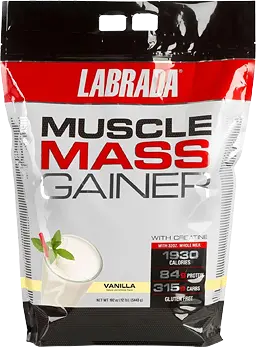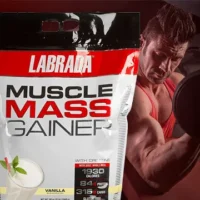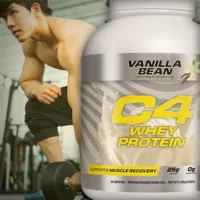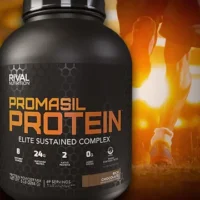Knowledge BaseYou're Questions Answered
BACK
How is protein powder made?
Protein powder is made from a variety of protein sources commonly used as food such as dairy, meat, eggs, and plants. The process of making protein powder involves extracting protein from these food sources, concentrating it, and then drying it into powdered form. Here’s an overview of the general production process.
General Process of Making Protein Powder
- Source Material: Protein powders can be derived from animal sources like milk (for whey and casein protein) or from plant sources such as peas, soybeans, rice, or hemp. The choice of source material depends on the desired protein type and dietary preferences of the target consumer and their goals1.
- Extraction: The protein is extracted from the source material using various methods including the use of heat and special enzymes. For dairy-based proteins, this usually involves separating the protein from the lactose and fat in milk. For plant-based proteins, the process may involve removing carbohydrates and fibers to isolate the protein2.
- Concentration and Isolation: The extracted protein is then concentrated or isolated to increase its protein content. This is often done using filtration processes like microfiltration or ultrafiltration, which help to remove non-protein components and concentrate the protein molecules3.
- Drying: Once concentrated, the protein solution is dried to remove moisture and transform it into a powder. Spray drying is a common technique used, where the liquid is sprayed into a hot chamber, turning the droplets into powder almost instantaneously4.
- Flavoring and Additives: Finally, flavors, sweeteners, and possibly other supplements (such as vitamins, minerals, digestive enzymes or specific amino acids) are added to improve the taste and nutritional profile of the protein powder. This step is essential for making the product palatable and tailored to specific health requirements or goals5.
The exact methods and steps can vary depending on the type of protein and the manufacturer's specific processes and quality standards. It’s important for consumers to choose high-quality protein powders from reputable manufacturers that provide transparency about their sourcing and production processes.
Was this answer helpful? Let us know!
Like
References:
- Phillips, S. M. (2014). A brief review of higher dietary protein diets in weight loss: a focus on athletes. Sports Medicine, 44(S1), S149-S153.
- Young, V. R., & Pellett, P. L. (1994). Plant proteins in relation to human protein and amino acid nutrition. The American Journal of Clinical Nutrition, 59(5 Suppl), 1203S-1212S.
- Hoffman, J. R., & Falvo, M. J. (2004). Protein – Which is Best? Journal of Sports Science and Medicine, 3(3), 118-130.
- Masters, K. (1991). Spray drying handbook. 5th edition. New York: Longman Scientific & Technical.
- US Food and Drug Administration. (2020). CFR - Code of Federal Regulations Title 21.
Add to this Answer
Related Questions
Protein vs Protein

Disclosure
Your Answer
Do you have a suggestion to improve the answer? Please detail your suggestions and provide any references to information that may support your answer if available.
The content on this site has not been written, reviewed or endorsed by a medical professional. We assume no liability for the misuse of supplements and recommend you review the label of any product, as well as consulting with your health care professional.
We are a participant in the Amazon Services LLC Associates Program, an affiliate advertising program designed to provide a means for us to earn fees by linking to Amazon.com and affiliated sites.
We are a participant in the Amazon Services LLC Associates Program, an affiliate advertising program designed to provide a means for us to earn fees by linking to Amazon.com and affiliated sites.
© 2025 ProteinPowder.com



